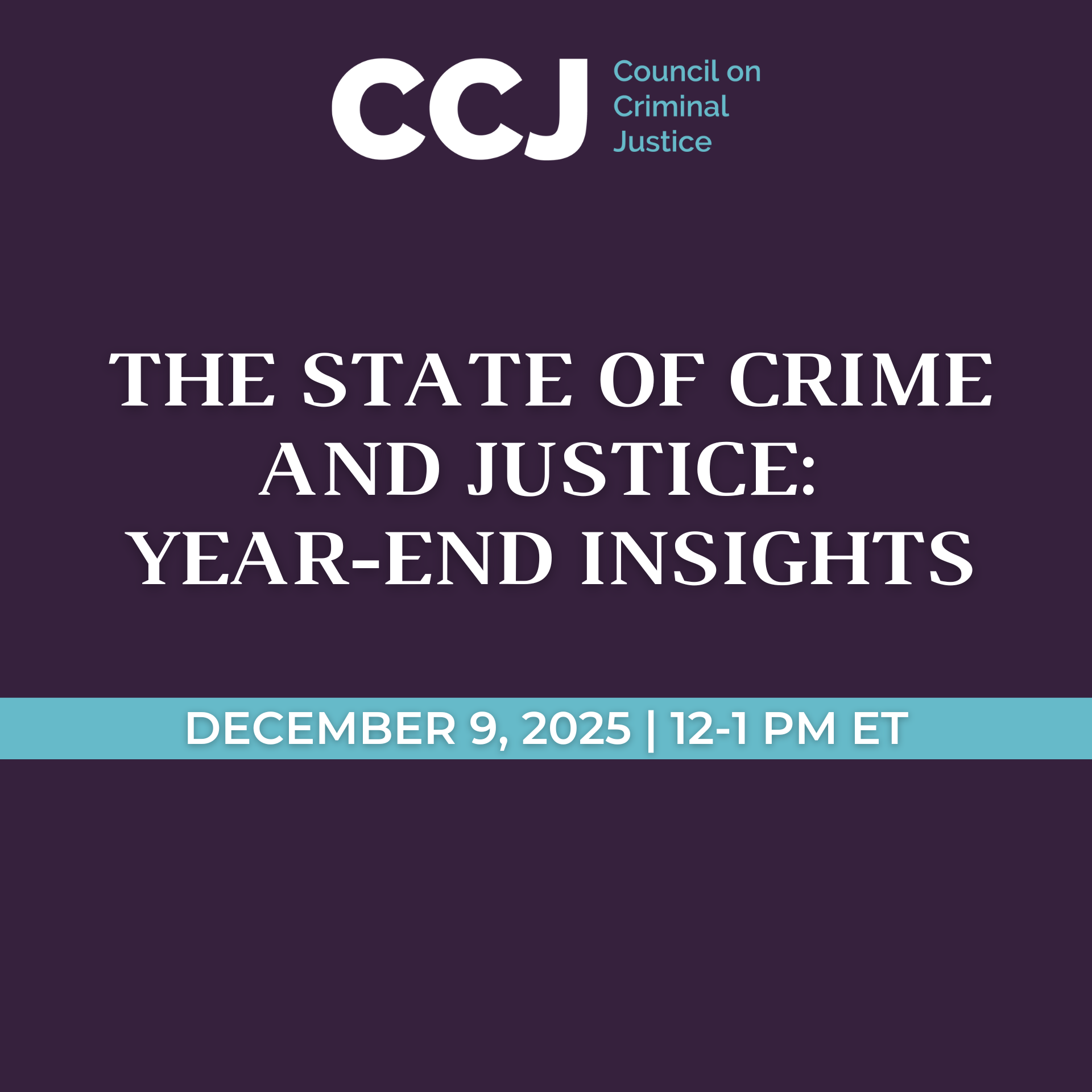People of color in the United States, especially poor people of color, are disproportionately affected by crime, the criminal justice system, and COVID-19. More than seven months into the pandemic, data remains scarce. COVID-19 – in its impact as well as in approaches to try to curb its spread – has exposed and may have exacerbated existing racial imbalances in the criminal justice and healthcare systems.
This report reviews racial disparities in health and criminal justice outcomes and explores, as well as possible, how those same disparities have been affected by the COVID-19 pandemic. It also highlights the need for clear, consistent data regarding the impacts of COVID-19 on justice populations in order to inform decisions about how to address racial disparities during and after this health crisis.
Findings
- Poor people of color, especially Black people, are overrepresented in the criminal justice system relative to their proportion of the U.S. population.
- Although racial disparities have narrowed in recent years, Black people are incarcerated in state prisons at a rate 5.1 times that of non-Hispanic White people. The incarceration rate for Blacks in jails is 3.5 times higher than that of White individuals.
- Minority populations in the United States experience higher rates of disease and illness, including those that elevate risk of COVID complications.
- 13% of Black adults have a diabetes diagnosis, compared to 8% of Whites; 12.6% of Black children have asthma, while the rate is 7.7% for White children; 42% of Black adults have hypertension, compared to 28.7% of White adults.
- People of color have experienced higher infection and mortality rates from COVID-19.
- Within counties, Latino and Black residents are three times as likely to contract the virus as their White neighbors.
- Half of the people who died of coronavirus in the first seven months of 2020 were people of color and their relative death rates have risen faster as the pandemic has progressed.
- More analysis and study are needed, but the COVID-19 pandemic may have exacerbated racial disparities in the criminal justice system.
- As jail populations began to fall in March at the onset of the pandemic, there were increases in the proportion of people who were Black, who were booked on felony charges, who were male, and who were 25 or younger.
- These changes in the population composition persisted even as jail populations began to rise again in early May.
- Only a few correctional systems have released data on the racial and ethnic breakdown of COVID-19 cases in facilities, making it nearly impossible to track the demographic impact of COVID-19 on the incarcerated and supervised populations.
- Leaders need COVID-19 infection and mortality data for justice-involved populations by race and ethnicity to obtain a full picture of how the virus has affected disparities in the justice system.



